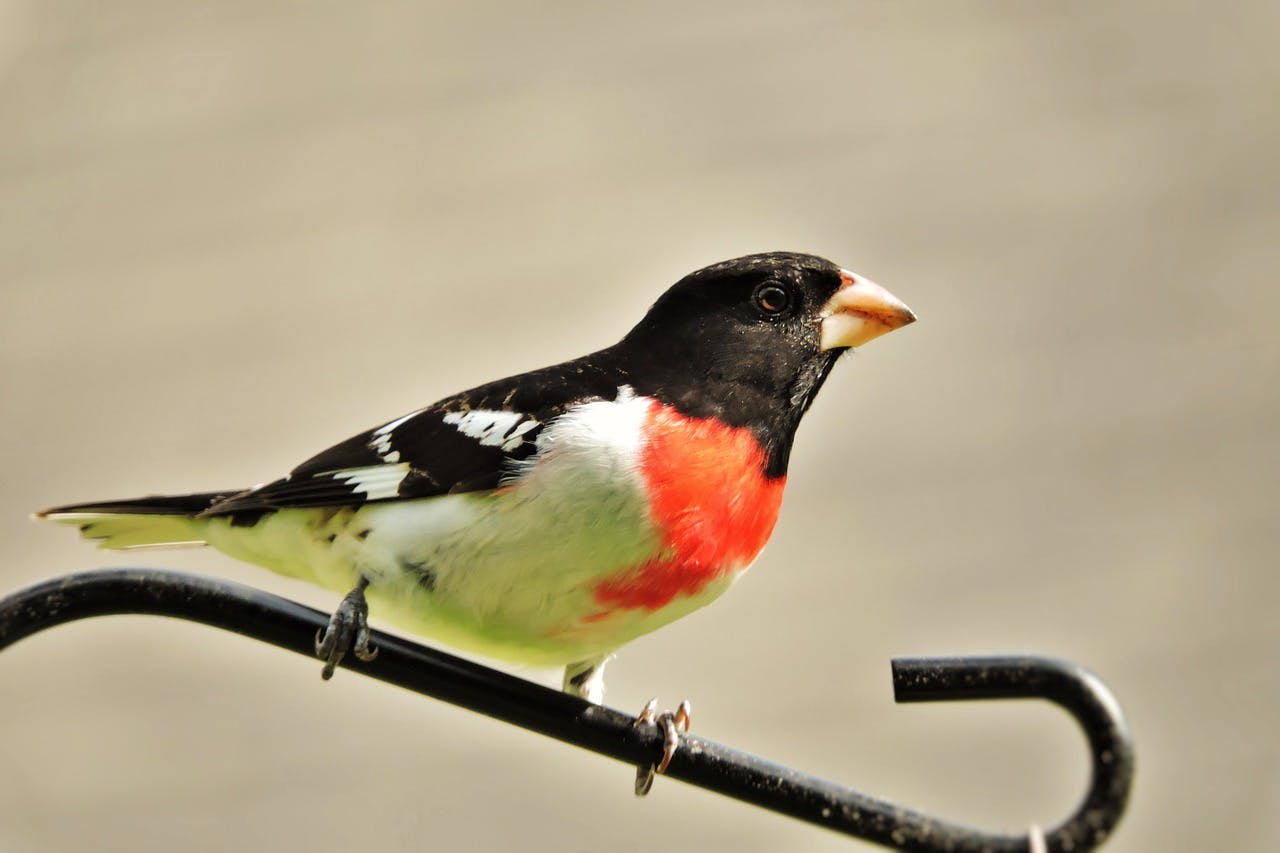
Spring Migration of Songbirds
Songbirds migrate in the springtime for various reasons, primarily related to breeding and food availability. As the days lengthen and temperatures rise, spring marks the onset of the breeding season for many bird species. Migratory birds journey to northern regions where food resources are abundant and nesting sites are optimal, providing favorable conditions for raising their young. Additionally, migrating during spring allows songbirds to take advantage of the flush of insects and other invertebrates that emerge with the warmer weather, providing essential nourishment for both adult birds and their offspring. By migrating northward, songbirds can capitalize on these seasonal resources to ensure reproductive success, ultimately perpetuating their species’ survival. The instinct to migrate is deeply ingrained in these birds, passed down through generations as a strategy for maximizing breeding opportunities and optimizing survival in dynamic environments.
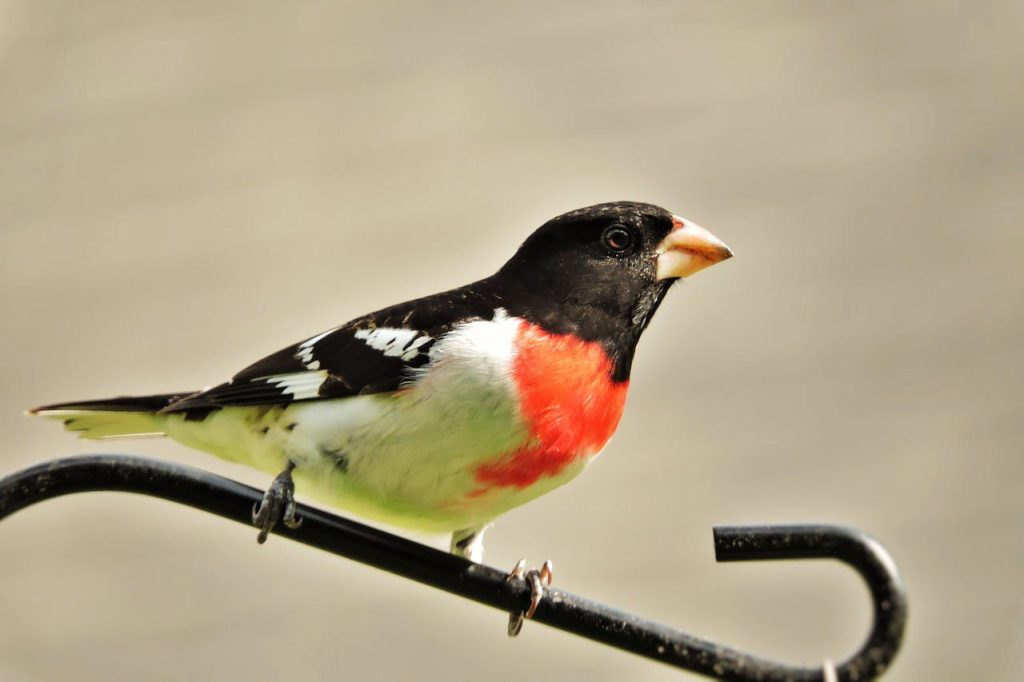
During the spring migration in Pennsylvania, you might be fortunate to witness a diverse array of bird species visiting your feeder. Frequent visitors include various species of sparrows, such as white-throated sparrows and chipping sparrows, as they journey north to their breeding grounds. Additionally, you may spot ruby-throated hummingbirds darting among flowers or visiting sugar water feeders, their iridescent plumage and rapid wingbeats captivating observers. Keep an eye out for migrants like rose-breasted grosbeaks, indigo buntings, and Baltimore orioles, which bring a splash of color and melodious calls to your feeder stations as they pass through Pennsylvania during their spring journey.
How to attract Baltimore Orioles
Attracting Baltimore Orioles to your backyard and bird feeders can be an exciting endeavor, adding a burst of vibrant color and melodious song to your outdoor space. Here are several strategies to help entice these beautiful birds to visit.
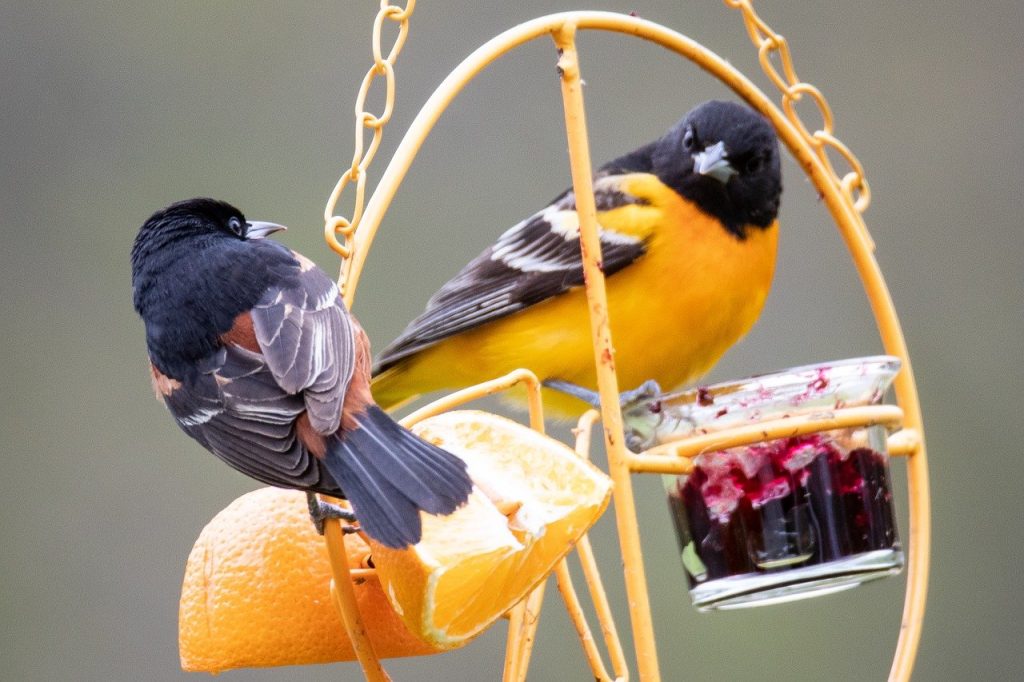
Orioles are beautiful, dynamic birds that can be a great pleasure to see in the yard. By understanding their personalities and preferences, birders can make an oriole-friendly oasis to attract these birds for visits time and again. Orioles don’t typically visit seed feeders so you will need to cater to their sweet tastes. Orioles prefer nectar feeders offering the same sugar water solution that hummingbirds prefer and grape jelly. Oriole will also feed on orange slices and apple slices, and sometimes suet.
About the Baltimore Oriole
In spring, Baltimore Orioles migrate to various areas across Pennsylvania, seeking out habitats that offer ample food sources and suitable nesting sites. They are often found in woodlands, particularly those with a mix of deciduous and coniferous trees, where they can forage for insects, spiders, and fruit. Riparian zones along rivers and streams are also favored, providing both food and nesting opportunities amidst the lush vegetation. Suburban areas with well-kept gardens and parks can also attract these vibrant birds, drawn by the availability of nectar-rich flowers, fruit-bearing shrubs, and bird feeders.
Baltimore Orioles are renowned for their intricate and pendulous nests, which are a marvel of avian engineering. Constructed primarily by the female, these nests are typically suspended from the outer branches of trees, often at heights ranging from 6 to 30 feet above the ground. They are woven together using various materials, including plant fibers, grasses, hair, and even synthetic materials like string or yarn. The female meticulously weaves each strand, creating a durable and intricately designed pouch-like structure. The male occasionally assists by gathering materials or providing food for the female during nest construction. Once completed, the nest provides a secure haven for incubating eggs and raising young, shielding them from predators and the elements while showcasing the Orioles’ remarkable nesting skills.
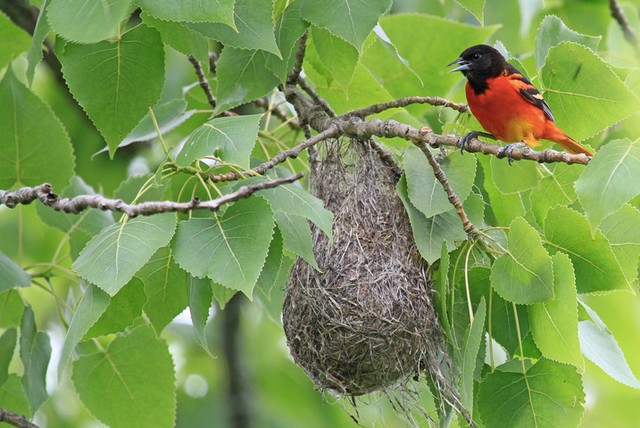
Consider Setting up an Oriole Feeder
There are several specially designed feeder to attract orioles. Our experience has shown they prefer grape jelly over all other foods. You can easily make your own oriole feeder too!
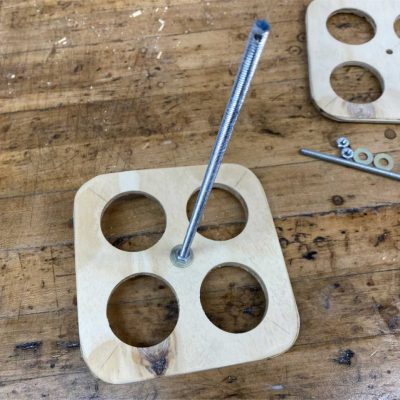
See our Blog post titled “Making an oriole feeder for the spring migration“, link here: https://pixcams.com/making-an-oriole-feeder-for-spring-migration/. We have found that orioles prefer a feeder with an open top and something they can easily land on or a rod they can cling on for feeding. This seems to be a more natural feeding position for them.
If you are looking to purchase an oriole feeder we highly recommend this feeder by Nature’s Way.
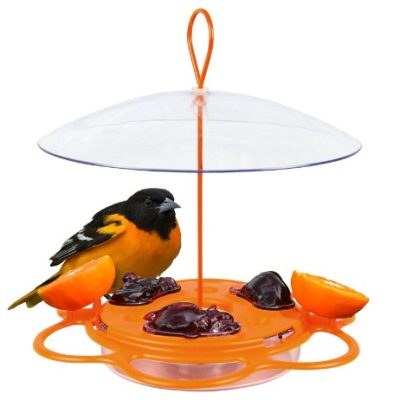
Nature’s Way OFP1 All-in-One Oriole Feeder. Include nectar, jelly, and fruit feeder with a center pole. Price: $8.74 Click Here to Purchase
More Easy Tricks to Attract Orioles
Even with plenty of food, fresh water, and thick shelter available, it may take time for orioles to realize a yard is perfect for their needs. To catch their attention and make them even more comfortable, try…
· Keeping an oriole feeding station in a quiet, secluded corner of the yard.
· Planting orange flowers near the feeding station.
· Choosing oriole-friendly feeders with larger perches to accommodate these larger birds.
· Putting oriole feeders out in mid-April and keeping them out until late fall to attract the earliest and latest migrating orioles.
Baltimore Oriole on PA Bird Feeder 3 – Close-up View
Attracting the Rose-Breasted Grosbeak
The Rose-breasted Grosbeak is a striking songbird known for its distinctive black and white plumage accented by a vibrant splash of rosy-red on the breast of males. These birds inhabit a wide range across North America, breeding in deciduous and mixed woodlands from the eastern United States into parts of Canada, and wintering in Central America and northern South America.
Male Rose-breasted Grosbeaks sport bold black and white plumage on their bodies, wings, and tails. Their most distinguishing feature is the vivid rosy-red patch that extends from their throat down to their breast, contrasting sharply against the rest of their coloration. Females, on the other hand, are predominantly streaked brown and white, with subtle hints of pale rose on their underparts.
These grosbeaks have a diverse diet that includes a variety of seeds, fruits, insects, and occasionally, nectar. During the breeding season, they may rely heavily on insects to feed themselves and their young. In winter, when insects are scarce, they switch primarily to seeds and fruits.
These grosbeaks typically nest in the canopy of deciduous or mixed woodlands, constructing cup-shaped nests made of twigs, grasses, and other plant materials. The female lays a clutch of 3-5 eggs, which she incubates for about 12-14 days. Both parents participate in feeding and caring for the nestlings until they fledge, which usually occurs around 9-12 days after hatching.
Tips to attract Rose-Breasted Grosbeaks to your Bird Feeder
Attracting Rose-breasted Grosbeaks to your bird feeder can be a rewarding experience. Here are some tips to help attract these beautiful birds:
- Provide the Right Food: Rose-breasted Grosbeaks have varied diets, but they particularly enjoy sunflower seeds, especially black oil sunflower seeds. Offering these seeds in hopper or platform feeders can attract grosbeaks to your yard. Additionally, they may also be enticed by safflower seeds, peanuts, and suet.
- Offer Fruit: Fresh or dried fruits, such as oranges, apples, or grapes, can be appealing to Rose-breasted Grosbeaks, especially during migration or nesting season. Place slices of fruit on a platform feeder or in a specialized fruit feeder to attract them.
- Use Feeders with Perches: Rose-breasted Grosbeaks prefer feeders with perches where they can comfortably feed and rest. Opt for feeders with ample space and sturdy perches to accommodate these birds.
- Provide Shelter: Grosbeaks are more likely to visit feeders in areas with nearby shelter, such as trees or shrubs. Position your feeder within a few feet of natural cover to make grosbeaks feel safer while feeding.
- Keep Feeders Clean and Stocked: Ensure that your feeders are clean and filled regularly with fresh food. Grosbeaks are more likely to frequent feeders that are well-maintained and consistently stocked with their preferred foods.
- Offer Water: Providing a clean water source, such as a birdbath or shallow dish, can attract Rose-breasted Grosbeaks, especially during hot and dry weather. Make sure to keep the water fresh and regularly change it to prevent contamination.
- Avoid Pesticides: Minimize the use of pesticides and herbicides in your yard, as these chemicals can harm not only Rose-breasted Grosbeaks but also the insects and plants they rely on for food.
- Be Patient: It may take some time for Rose-breasted Grosbeaks to discover your feeder, especially if they are not common in your area. Be patient and consistent in your efforts, and you may be rewarded with the sight of these stunning birds visiting your yard.
Attracting the Indigo Bunting
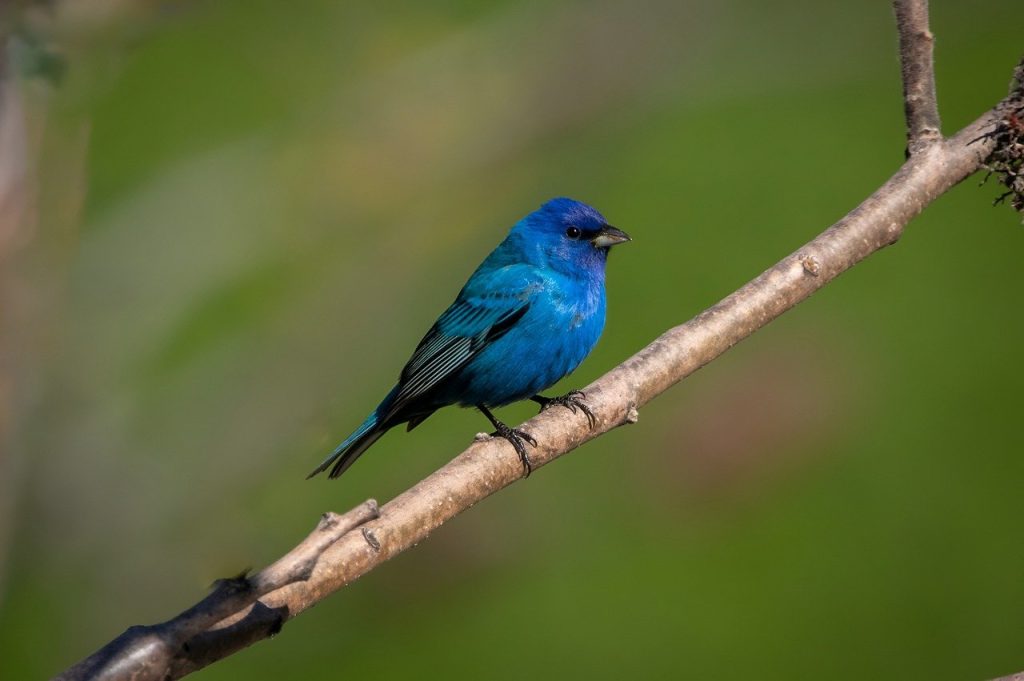
The Indigo Bunting is a small but stunning songbird native to North America. Male Indigo Buntings are renowned for their brilliant blue plumage, which gives them their name. The vibrant indigo coloration is most intense during the breeding season, making these birds a striking sight against the green foliage of their woodland habitats. In contrast, females and immature males are primarily brown with subtle blue highlights on their wings and tails.
Indigo Buntings breed across much of eastern and central North America, from southern Canada to northern Florida and westward to the Great Plains. They prefer open woodlands, brushy areas, and edges of fields or meadows with scattered trees and shrubs. During migration and winter, they may also frequent grasslands, agricultural fields, and gardens.
These buntings have a diverse diet that includes a variety of seeds, insects, and berries. During the breeding season, they may rely more heavily on insects to meet the energetic demands of nesting and raising young. In winter, when insects are scarce, they primarily feed on seeds and berries.
Indigo Buntings construct cup-shaped nests made of grasses, leaves, and other plant materials, typically positioned within shrubs or low tree branches. The female lays a clutch of 3-4 eggs, which she incubates for about 12-14 days. Both parents participate in feeding and caring for the nestlings until they fledge, which usually occurs around 9-12 days after hatching.
How to attract the Indigo Bunting to your Bird Feeders
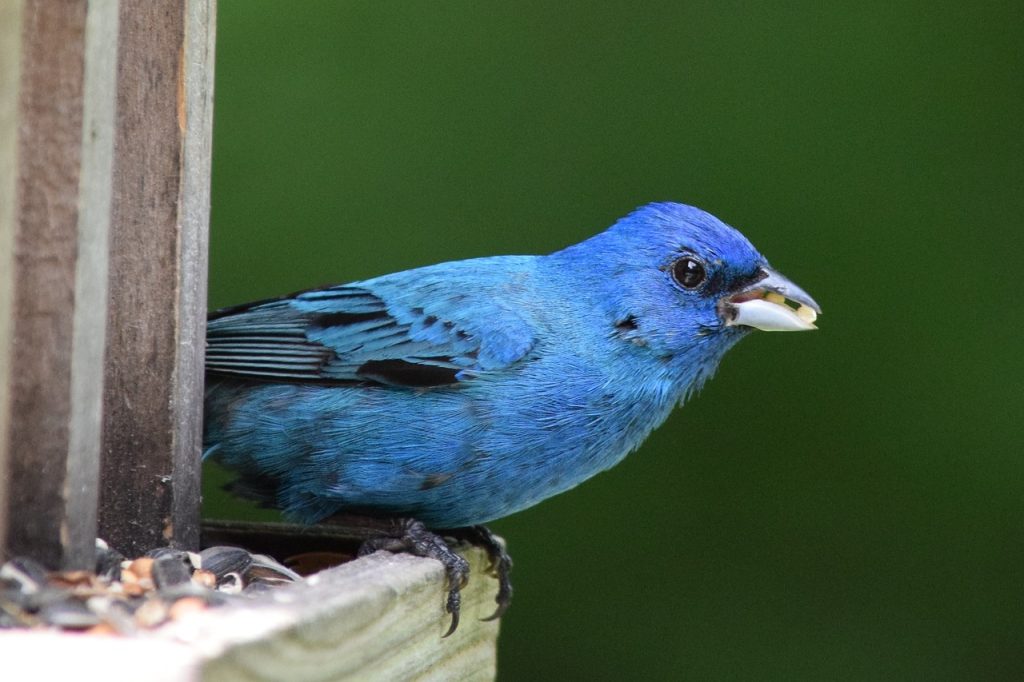
Attracting Indigo Buntings to your bird feeder can be a rewarding experience. Here are some tips to help attract these beautiful birds:
- Offer the Right Food: Indigo Buntings primarily feed on seeds, so providing a variety of seeds in your feeder can be enticing to them. They particularly enjoy small seeds like white millet, nyjer, and finely cracked sunflower seeds. Consider using a platform feeder or hopper feeder with a tray to offer these seeds.
- Use Bright Colors: Indigo Buntings are attracted to bright colors, so using feeders with vibrant hues like blue or yellow can help catch their attention. Additionally, placing colorful decorations or flowers near your feeder may further attract these birds to your yard.
- Provide Shelter: Indigo Buntings prefer feeding in areas with nearby cover, such as trees, shrubs, or dense vegetation. Position your feeder near natural cover to make the birds feel safer while feeding. Dense foliage also provides nesting sites and perches for them.
- Create a Habitat: Planting native shrubs, bushes, and trees in your yard can create an attractive habitat for Indigo Buntings. They prefer open woodlands, brushy areas, and edges of fields, so incorporating these elements into your landscaping can help draw them in.
- Keep Feeders Clean and Stocked: Ensure that your feeders are clean and filled regularly with fresh seeds. Indigo Buntings are more likely to frequent feeders that are well-maintained and consistently stocked with their preferred foods.
Watch the Tropical Birds on PixCams!
Come watch our bird feeding stations at PixCams this spring. Each of our bird feeding stations are set up in remote locations along with seasonal bird feeders to take full advantage of bringing in the tropical birds that have migrated here this spring for you to watch up close!
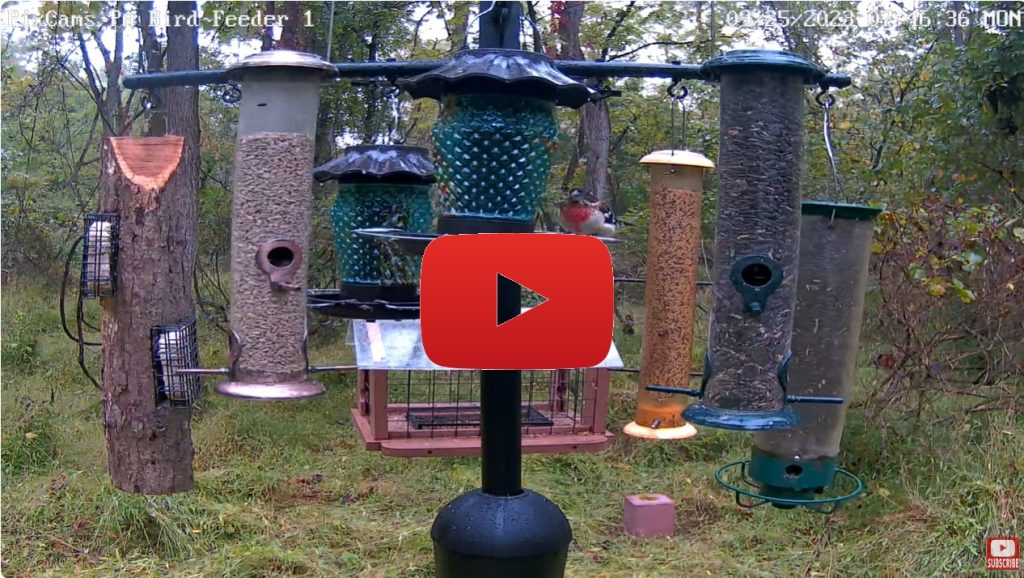
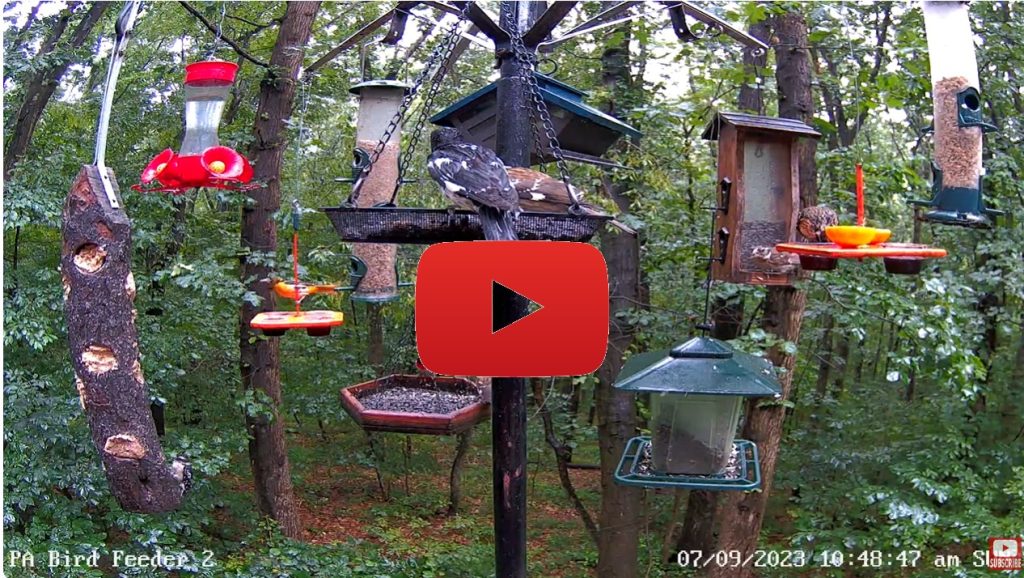
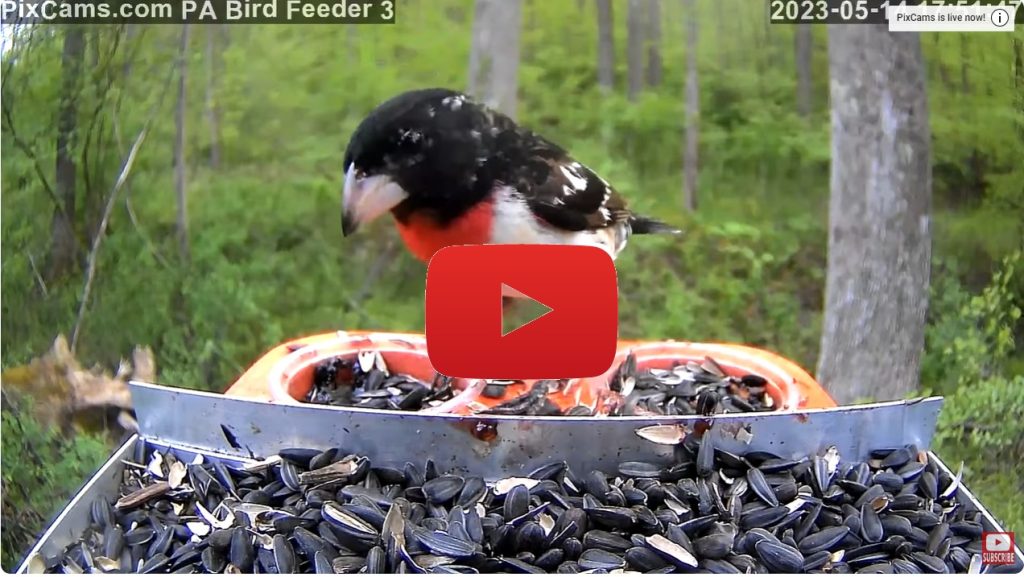
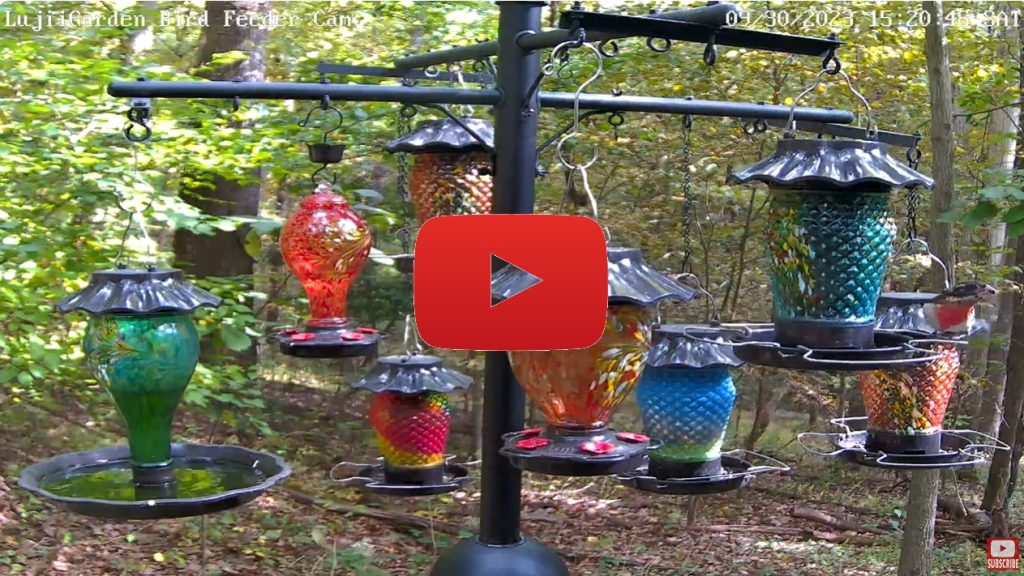

I was suggested this web site by my cousin Im not sure whether this post is written by him as no one else know such detailed about my trouble You are incredible Thanks
Ive read several just right stuff here Certainly price bookmarking for revisiting I wonder how a lot effort you place to create this kind of great informative website